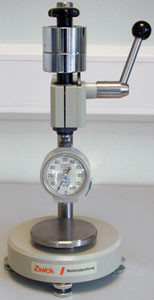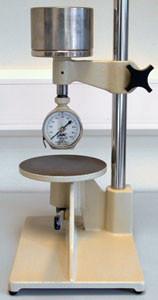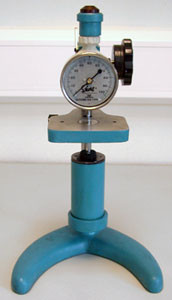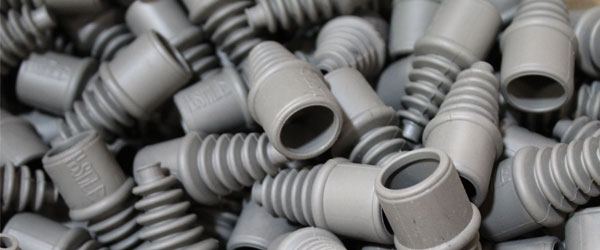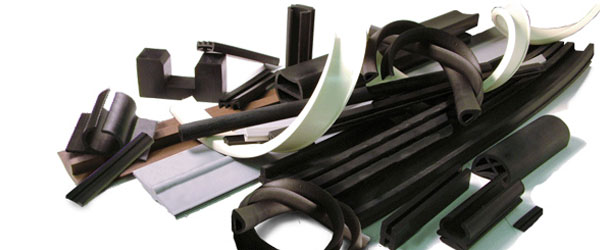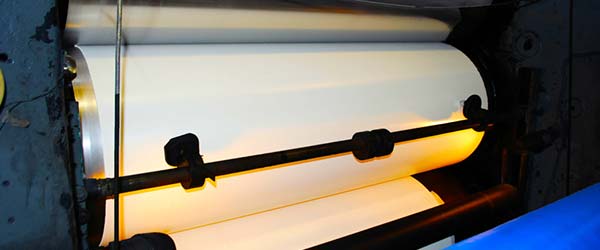Rubber Hardness IRHD and Shore
Rubber Hardness: IRHD (International Rubber Hardness Degrees) and Shore Durometer
Tel: (909) 758-4715 | Email: custserv@goodyearrubber.com
IRHD ~= Shore A + 4 **This is an approximate equation**
…so 60 shore A is approximately equal to 64 IRHD.”In 1993, Briscoe and Sebastian analysed the durometer indentation, providing an approximate relationship between IRHD and Shore A of (IRH ª HA + 4), although this is very dependent on the sample compound”
…so 60 shore A is approximately equal to 64 IRHD.”In 1993, Briscoe and Sebastian analysed the durometer indentation, providing an approximate relationship between IRHD and Shore A of (IRH ª HA + 4), although this is very dependent on the sample compound”
RUBBER HARDNESS
- Elastomeric materials are usually measured with either a Shore A Scale Durometer or an IRHD dead load system. These tests are designed for use with samples approx 6mm thick, and a surface area sufficient to permit at least 3 test points 5mm apart, 13mm from any edge.
- Microhardness testers, Shore “A” Micro (M), or IRHD Micro (M), are utilised to measure samples which are too small for testing with macro instruments.
Shore
- The Shore type instrument is a spring loaded indentation device, in which values are obtained as a function of the viscoelastic property of the material. The truncated cone indentor, extends 0.098inch (2.5mm)) and is pressed onto the sample against an 822g spring. Each 0.001 inch of deflection of the indentor is shown as 1 degree Shore (A), therefore, the harder the material, the more the deflection, the higher the number.
IRHD
- The IRHD (International Rubber Hardness Degrees) instrument has a spherical indentor which indents the sample under a minor and major Load. The differential indentation depth is measured and tabulated to read directly in “IRHD” degrees. The displacement/IRHD degrees conversion table is published in ISO 48 : 1994. The standard shows three different combinations of Ball & Loadings, (N) Normal, (H) High and (L) Low.
 (909) 987-1774
(909) 987-1774 Email Us
Email Us




